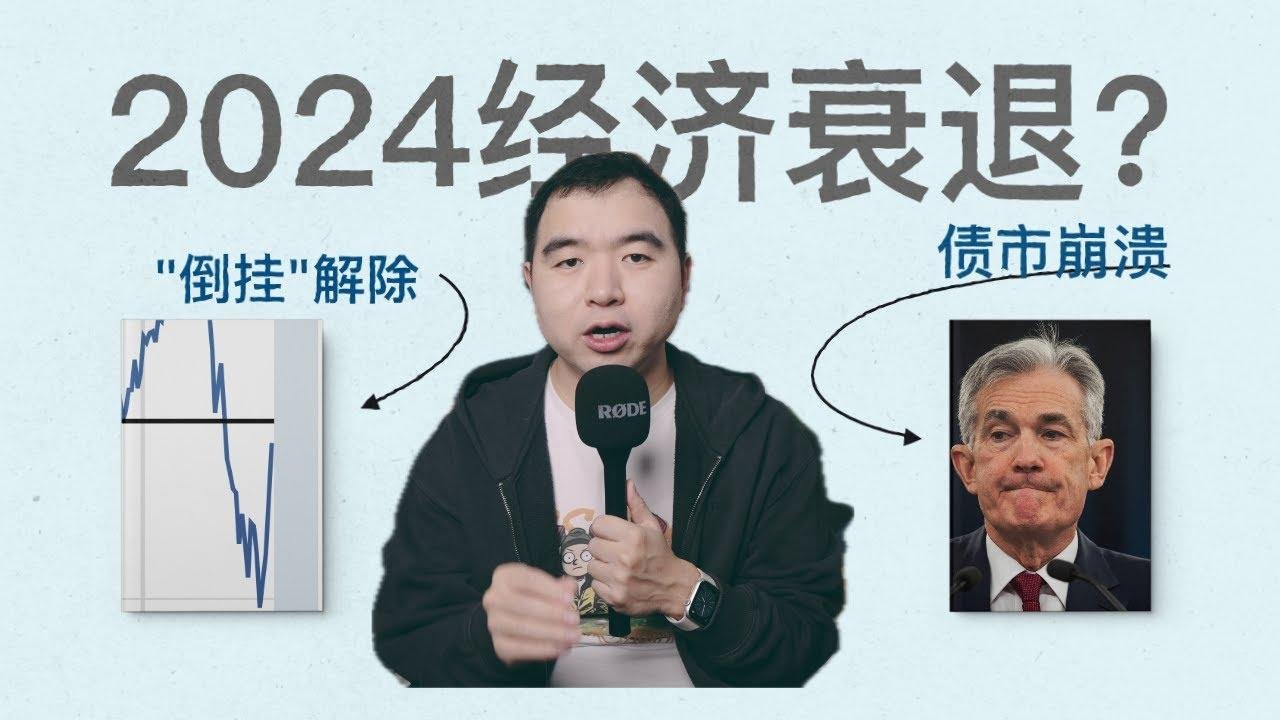Could a 2024 economic recession be looming? The sharp increase in 10-year US bond yields and the inverted yield curve might signal trouble ahead.
The recent surge in the yield on the U.S. 10-year bond and the resulting inversion has sent shockwaves through the investment landscape. If we liken this to a storm, the period leading up to this moment was like a weather forecast 7 days in advance. Now, with the dark clouds gathering before the storm, we find ourselves at the brink of a perilous signal. The resolution of this difference signals potential financial peril, with the potential for a debt crisis looming. The economic data is mixed, and experts are hesitant to declare an imminent major downturn, but the situation is fraught with ambiguity. What does this mean for your investments? The future is uncertain, but maintaining a long-term perspective in investing is paramount. History has shown that economic downturns often present the best investment opportunities. So, it’s crucial to position yourself advantageously for the next bull market. Stay informed, stay resilient, and be proactive in securing your financial future. Thank you for watching! 😊📈🌪️
👉 Current Market Landscape and Economic Implications
In recent times, the U.S. 10-year Treasury yield has been a topic of concern, with significant implications for the macroeconomic climate and investment landscape. The yield has approached levels unseen since 2007, leading to speculation about a potential economic recession. This situation has been characterized by a significant increase in the 10-year yield, triggering debates about the possibility of an impending economic downturn.
📈 Yield Curve Inversion and Recession Predictions
The yield curve inversion is a critical indicator that investors often use to predict U.S. economic recessions. Such inversions have historically been precursors to economic downturns, serving as a pivotal signal for potential financial challenges ahead. However, it is important to note that the yield curve inversion is not a foolproof guarantee of an impending recession, but rather a forewarning that necessitates cautious attention and prudence in financial decision-making.
📊 Impact on Investments and Long-Term Rates
The changing landscape of the U.S. 10-year Treasury yield holds significant implications for long-term rates and investment strategies. The rapid increase in the 10-year yield has raised concerns about the potential repercussions for sectors such as mortgages, long-term borrowing, and financial institutions. This escalating yield poses a substantial threat to the stability of financial institutions and the overall economic landscape.
👉 Government Policies and Financial Uncertainty
Amidst this economic uncertainty, various government policies, and market dynamics have come into play, further complicating the situation. While the Federal Reserve’s strategies for managing interest rates have been pivotal in influencing market dynamics, other factors such as debt management and investment options have also contributed to the current economic landscape.
💰 Supply-Demand Dynamics and Market Structure
The shifting dynamics of bond supply and demand have played a crucial role in the current market structure. The involvement of major market players, including central banks and commercial entities, has significantly impacted the demand for long-term government bonds. Furthermore, the emergence of alternative investment options has altered the investment landscape, leading to a reshaping of the traditional bond market structure.
📉 Strategies for Financial Resilience
In navigating the complexities of the current economic landscape, it becomes imperative for investors to adopt strategic approaches to financial resilience. While the market might present challenges, maintaining a long-term perspective and exploring investment opportunities amidst economic downturns can be crucial for long-term financial growth and stability.
👉 Looking Ahead: Investment Perspectives and Strategic Positioning
Amidst the economic uncertainties, it is essential for investors to consider strategic positioning and long-term perspectives to navigate through the existing challenges. The interplay of market dynamics, investment strategies, and government policies necessitates a holistic approach to financial decision-making, focusing on resilience and adaptability in the face of economic fluctuations.
🛡️ Resilience and Strategic Choices
Investors are advised to uphold resilience and recognize the opportunities presented by economic downturns. Embracing a long-term perspective and making strategic choices based on informed decision-making can lead to favorable outcomes in the midst of market uncertainties. It is essential to position oneself advantageously for potential market shifts and capitalize on investment opportunities amidst evolving economic landscapes.
In conclusion, the analysis of the U.S. 10-year Treasury yield in 2024 points towards a complex and nuanced economic situation, urging investors to adopt strategic financial approaches and long-term perspectives in navigating through the prevailing uncertainties. Despite the challenges, informed decision-making and strategic positioning can pave the way for resilient and growth-oriented investment strategies.







